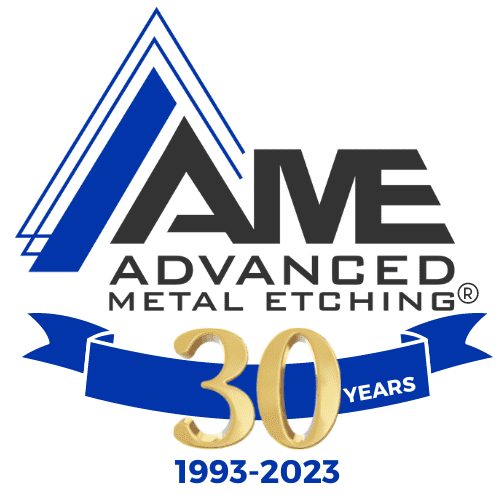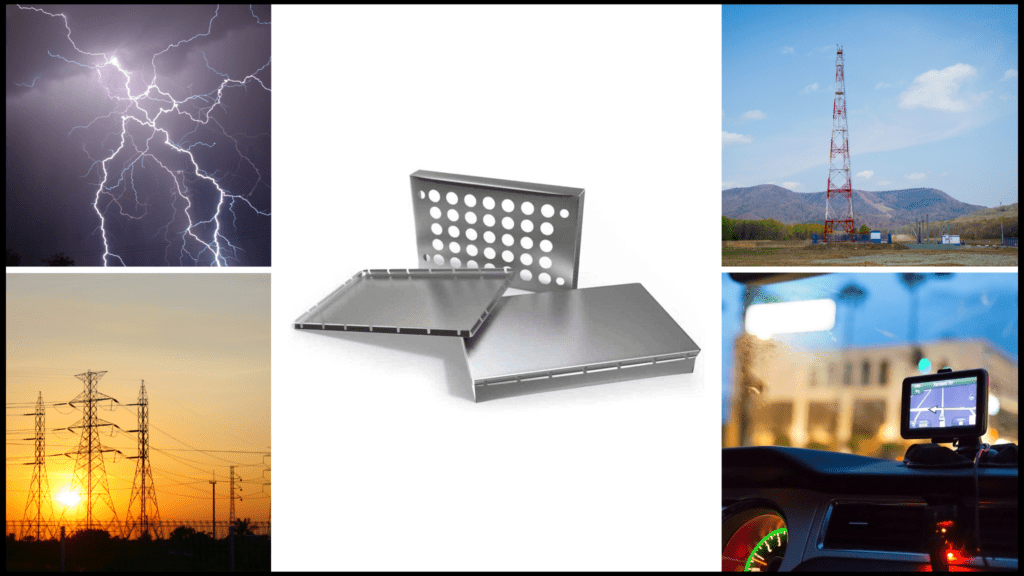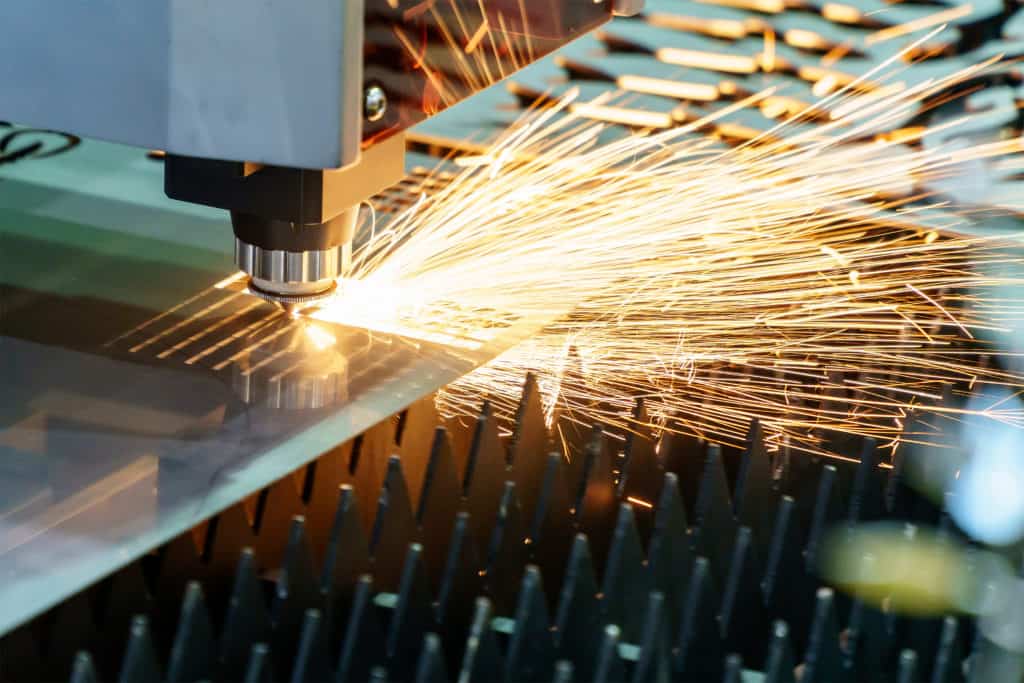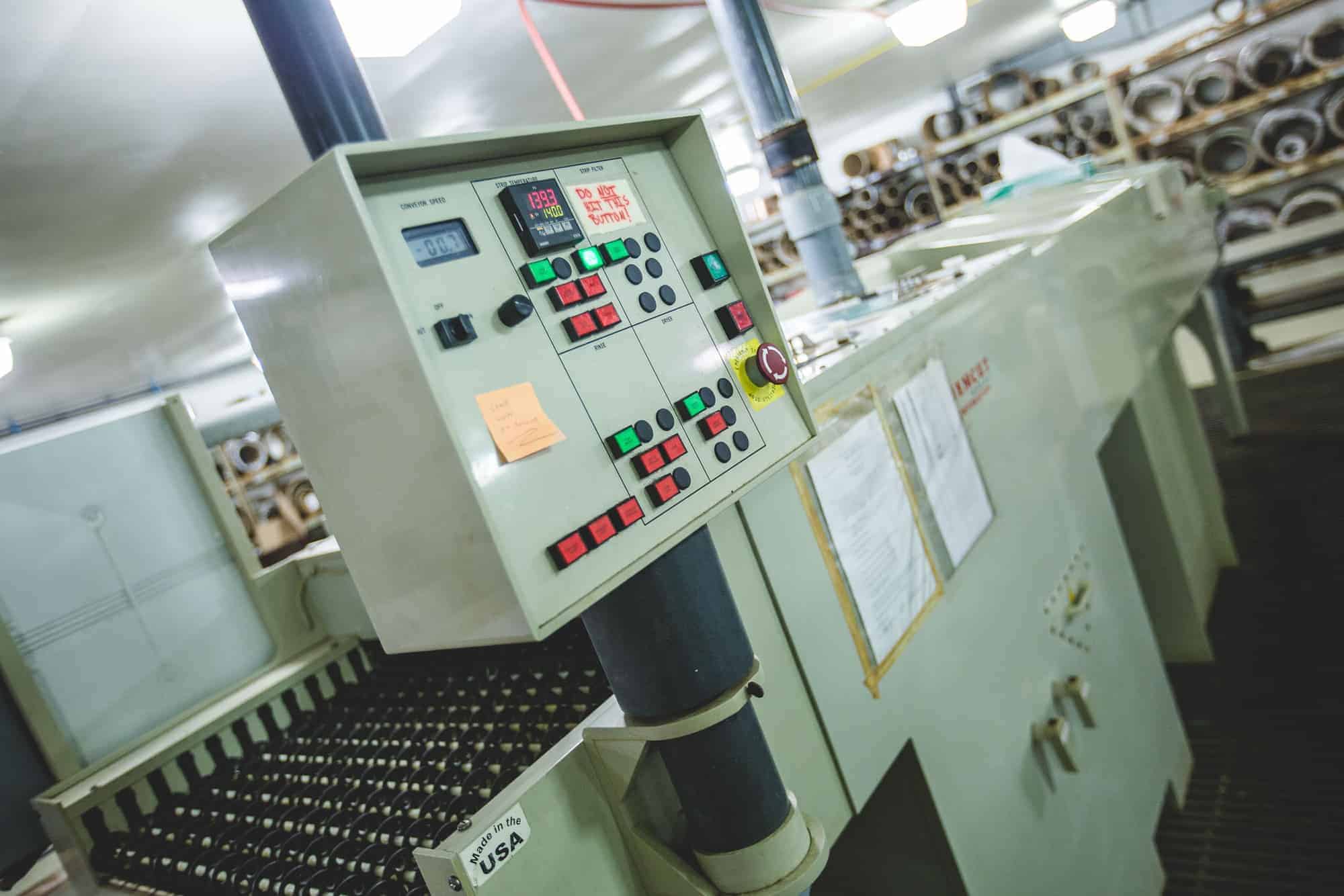In today's world of advanced technology, electromagnetic interference (EMI) poses a serious threat to electronic devices, and it's imperative to take necessary precautions to avoid potential damage. Engineers must be vigilant in creating the best EMI shielding for electronics part designs, which includes choosing the right metal thickness and manufacturing process. However, this task has become even more challenging with the increasing cost of metals and the emergence of innovative products that require smaller or more complex features. There are several sheet metal fabrication methods for EMI shielding manufacturing that involves cutting, bending, and shaping metal sheets to produce all types of EMI/RFI shielding components.
This blog post will compare the sheet metal fabrication processes for producing various EMI shielding components, including the best methods for different metal thicknesses, production volumes, and intricate features.
High Profile EMI Shielding Manufacturing
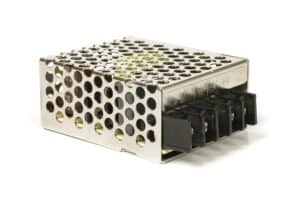
A higher profile shielding is an EMI (Electromagnetic Interference) shielding component with greater height and thicknesses than low profile shields. This type of shielding is typically used in applications where higher levels of EMI shielding performance are required, or more space is available to accommodate the larger size of the shielding component.
The metal thickness range of a higher profile shielding can vary depending on the specific design and requirements of the application. For example, a traditional EMI shield made from a metal sheet may have a thickness of 0.5mm to 3mm, depending on the application. However, higher-profile shields are generally made from thicker materials than low-profile shields, with metal thicknesses ranging from tens of microns to millimeters.
The industries that use higher profile shielding in their electronic products include:
Telecommunications: Telecommunications equipment, such as base stations and cell towers, often require higher profile RFI shielding to protect against interference from other electronics nearby.
Aerospace and Defense: The aerospace and defense industries often require high-performance EMI shielding solutions to protect critical electronic systems from interference caused by other equipment or external sources.
Automotive: In the automotive industry, higher profile EMI shielding is used in electronic systems such as engine management, safety, and infotainment systems to protect against interference from other vehicle components or external sources.
Industrial Equipment: Industrial equipment such as heavy machinery, robots, and control systems often require higher profile shielding to protect against EMI caused by other equipment in the facility.
Medical Equipment: EMI shielding enclosures for medical devices equipment such as MRI and diagnostic require high-performance EMI shielding materials to ensure accuracy and reliability.
In all these industries, higher-profile EMI shielding is essential for ensuring electronic systems' proper functioning and reliability in the presence of electromagnetic interference.
By using higher profile shielding, manufacturers can achieve higher levels of shielding performance and protect critical electronic systems from interference caused by other equipment or external sources.
The thickness of the metal used for EMI shielding is an important consideration, as it can influence the effectiveness of the shielding. Thicker metals provide better protection but can be more expensive and challenging to manufacture.
When selecting the thickness of the metal, it is vital to consider the frequency range requirements of the shielding. Thinner metals may be sufficient for lower frequency ranges, while thicker metals may be necessary for higher frequency ranges.
Low Profile EMI Shielding Manufacturing
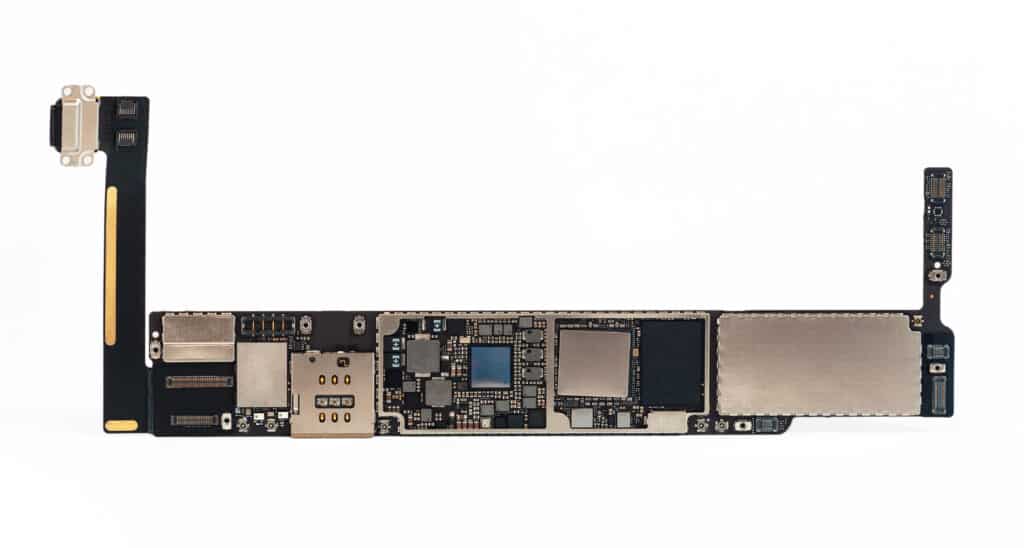
A low-profile shield is an EMI (Electromagnetic Interference) shielding component with a lower height or thickness. Low-profile metal shields have thinner cross-sections than standard shielding components. This shield type is often used in electronic devices with limited space.
Low-profile shields are designed to provide effective EMI shielding while minimizing the impact on the device's size, weight, and functionality. Engineers develop them for various applications, including mobile phones, tablets, laptops, wearables, and medical devices. In addition to their small size, low-profile shields offer other benefits such as ease of installation, low cost, and the ability to customize the shape and size to fit the device's specific needs.
Overall, low-profile shields are a common component in modern electronic devices, helping to ensure they function correctly in environments with high levels of electromagnetic interference. They are a testament to the ingenuity of engineers and designers who always look for ways to make devices smaller, lighter, and more efficient without sacrificing performance.
Low-profile shielding is used in a variety of industries that manufacture electronic components. The primary industries that use low-profile shielding in their electronics components include:
Consumer electronics: Low-profile EMI shielding is commonly used in consumer electronic devices such as smartphones, laptops, tablets, and wearables. These devices often require compact shielding solutions that do not add excessive weight or thickness.
Medical devices: Medical devices such as implantable devices, diagnostic equipment, and monitoring systems often require low-profile EMI shielding to protect against interference from external sources.
Aerospace and Defense: Aerospace and defense industries often require lightweight, low-profile shielding solutions for electronic systems used in aircraft, satellites, and other defense applications.
Automotive: Automotive manufacturers use low-profile EMI shielding to protect electronic systems from interference caused by other vehicle components or external sources.
In all of these industries, low-profile EMI shielding is essential for ensuring the proper operation of electronic systems in the presence of electromagnetic interference. EMI shielding manufacturers can create compact, lightweight devices using low-profile shielding without sacrificing performance or reliability.
Sheet Metal Fabrication for EMI Shielding Manufacturing
Sheet Metal Fabrication provides custom EMI shielding manufacturing solutions, and is performed using various methods, including CNC punching, laser cutting, and stamping and the chemical etching process.
CNC Punching: This process involves using a computer-controlled machine to punch holes or cut shapes into sheet metal. CNC punching can produce highly accurate and repeatable EMI shielding parts, making it suitable for mass production.
Laser cutting: A process that uses a laser beam to cut sheet metal into specific shapes and sizes. Laser cutting can produce highly precise EMI shielding parts with minimal distortion or heat damage and is cost-effective for prototyping and small to medium volumes.
Stamping: The stamping process uses progressive dies to form the sheet metal into shielding. Although the tooling is expensive and can take weeks to produce, it is a more cost-effective method when large quantities are required.
Chemical Etching: Using chemicals, the unwanted metal of a part dissolves and leaves a smooth surface with precision edges. It is a guaranteed burr-free option due to the absence of hard tooling or force. Additionally, logos and score lines are manufactured at no extra cost. It makes for a very cost-effective option for prototyping and small to medium volumes and where hand forming is preferred.
